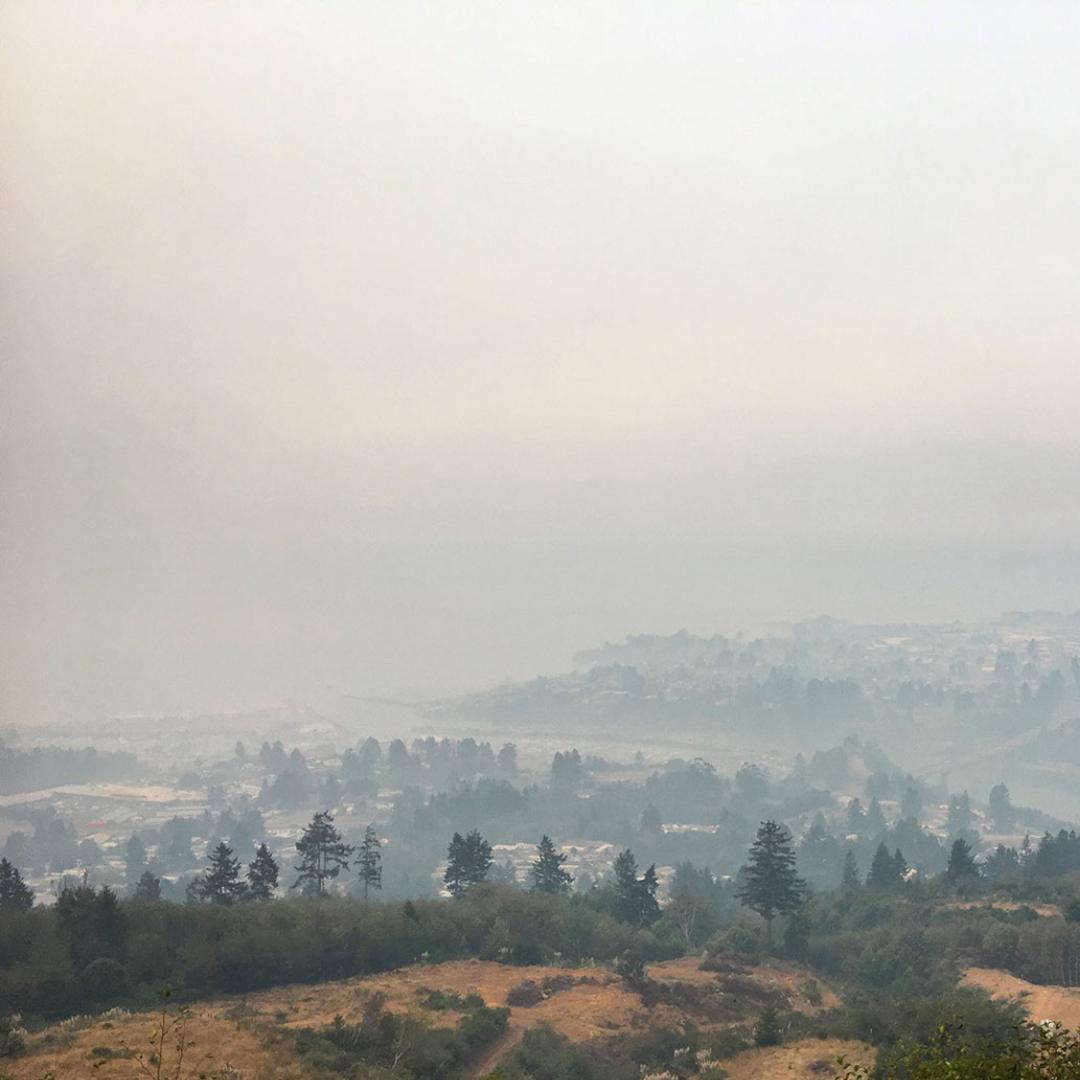Air Quality Information
Air Quality Guidance (Updated October 2020)
 This chart was developed for restrictions on outdoor activities for the Brookings Harbor School District. This chart is based on guidance from the United States Environmental Protection Agency, the Centers for Disease Control Air Quality, Oregon Health Authority Public Health Guidance for School Outdoor Activities During Wildfire Events, and the Oregon School Activities Association.
This chart was developed for restrictions on outdoor activities for the Brookings Harbor School District. This chart is based on guidance from the United States Environmental Protection Agency, the Centers for Disease Control Air Quality, Oregon Health Authority Public Health Guidance for School Outdoor Activities During Wildfire Events, and the Oregon School Activities Association.
While the health benefits of regular exercise are well documented, the intent of this guidance is to help children continue to exercise while protecting their health when air quality is poor. Even when air quality is poor, exercise can be continued indoors since indoor air can have 20-80% less pollution than outdoor air. Children are particularly sensitive to smoke due to their developing respiratory systems. In addition, their airways are smaller and they breathe in more air per pound of body weight. They spend more time outdoors and engage in more vigorous activity outside. As a result, they are more susceptible to the health effects of smoke and pollution. Those children who have underlying conditions; such as asthma, respiratory infections, or heart/lung disease are even more vulnerable to the effects of poor air quality. Poor air quality can cause constriction of the airways, forcing the respiratory system to work harder to provide oxygen.
Signs and symptoms include, but are not limited to: wheezing, dry throat, headache, nausea, increased fatigue, and weakened athletic performance. Long term exposure to polluted air can have permanent health effects, including decreased lung function, possible development of lung diseases, or a shortened life span. Air quality is an important consideration in terms of student activities, and we must all understand the actions that must be taken in order to protect student health.
